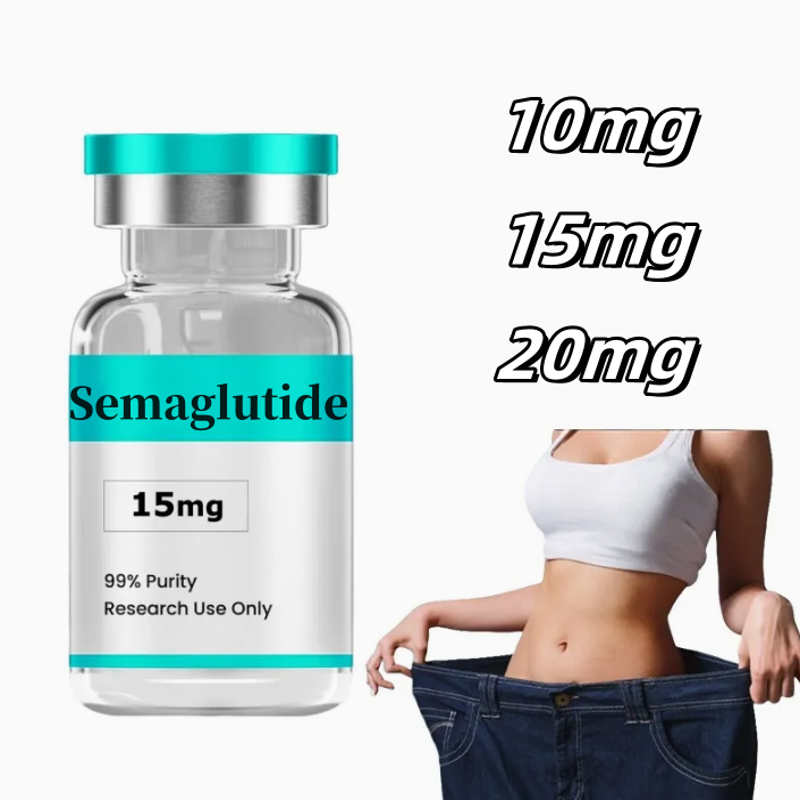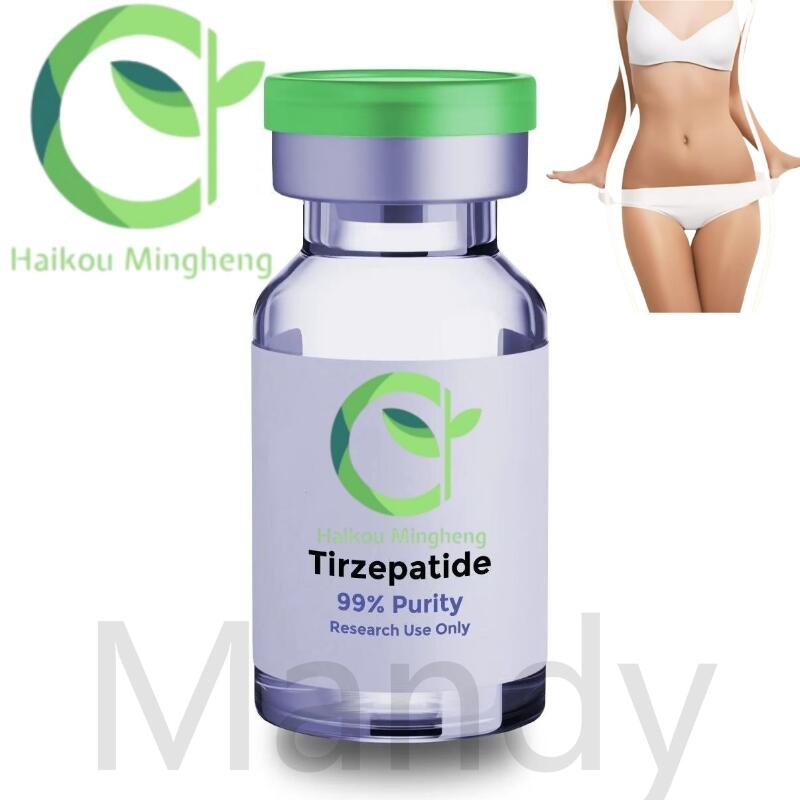-
Categories
-
Pharmaceutical Intermediates
-
Active Pharmaceutical Ingredients
-
Food Additives
- Industrial Coatings
- Agrochemicals
- Dyes and Pigments
- Surfactant
- Flavors and Fragrances
- Chemical Reagents
- Catalyst and Auxiliary
- Natural Products
- Inorganic Chemistry
-
Organic Chemistry
-
Biochemical Engineering
- Analytical Chemistry
-
Cosmetic Ingredient
- Water Treatment Chemical
-
Pharmaceutical Intermediates
Promotion
ECHEMI Mall
Wholesale
Weekly Price
Exhibition
News
-
Trade Service
GHRP-2, also known as growth hormone-releasing peptide-2, is a synthetic amino acid sequence that is often used in the chemical industry.
It is a potent agonist of the growth hormone-releasing hormone (GHRH) receptor, and has been shown to stimulate the release of growth hormone from the pituitary gland in vivo.
GHRP-2 has gained popularity in the chemical industry due to its ability to enhance growth and increase feed efficiency in livestock, as well as its potential therapeutic uses in treating growth hormone deficiency and other conditions.
However, there have been concerns regarding the safety of GHRP-2, particularly in regards to its potential to cause cancer.
Some studies have suggested that GHRP-2 may act as a tumor promoter, while others have found no evidence of carcinogenic potential.
It is important to note that the majority of studies conducted on the safety of GHRP-2 have been conducted in animals, and more research is needed to fully understand its potential risks to human health.
One of the main concerns with GHRP-2 is its potential to cause cancer.
Some studies have suggested that GHRP-2 may act as a tumor promoter, leading to the development of tumors in animals.
However, it is important to note that these studies were conducted in animals, and the relevance to human health is uncertain.
Additionally, other studies have found no evidence of carcinogenic potential in GHRP-2.
GHRP-2 is not currently approved for use in humans, and more research is needed to fully understand its potential risks.
At this time, it is recommended that individuals should avoid using GHRP-2, until more information is available.
It is also important to note that there are some side effects that have been observed in animals that have been given GHRP-2, such as injection site reactions, and increased water consumption.
Some studies have also reported an increase in blood pressure in animals given GHRP-2.
However, it is important to note that these studies were conducted in animals, and the relevance to human health is uncertain.
In conclusion, GHRP-2 is a synthetic amino acid sequence that is often used in the chemical industry.
It is a potent agonist of the growth hormone-releasing hormone (GHRH) receptor and has been shown to stimulate the release of growth hormone from the pituitary gland in vivo.
GHRP-2 has gained popularity in the chemical industry due to its ability to enhance growth and increase feed efficiency in livestock, as well as its potential therapeutic uses in treating growth hormone deficiency and other conditions.
However, there have been concerns regarding the safety of GHRP-2, particularly in regards to its potential to cause cancer.
Some studies have suggested that GHRP-2 may act as a tumor promoter, while others have found no evidence of carcinogenic potential.
More research is needed to fully understand the potential risks and side effects of GHRP-2, and it is recommended that individuals should avoid using GHRP-2, until more information is available.







